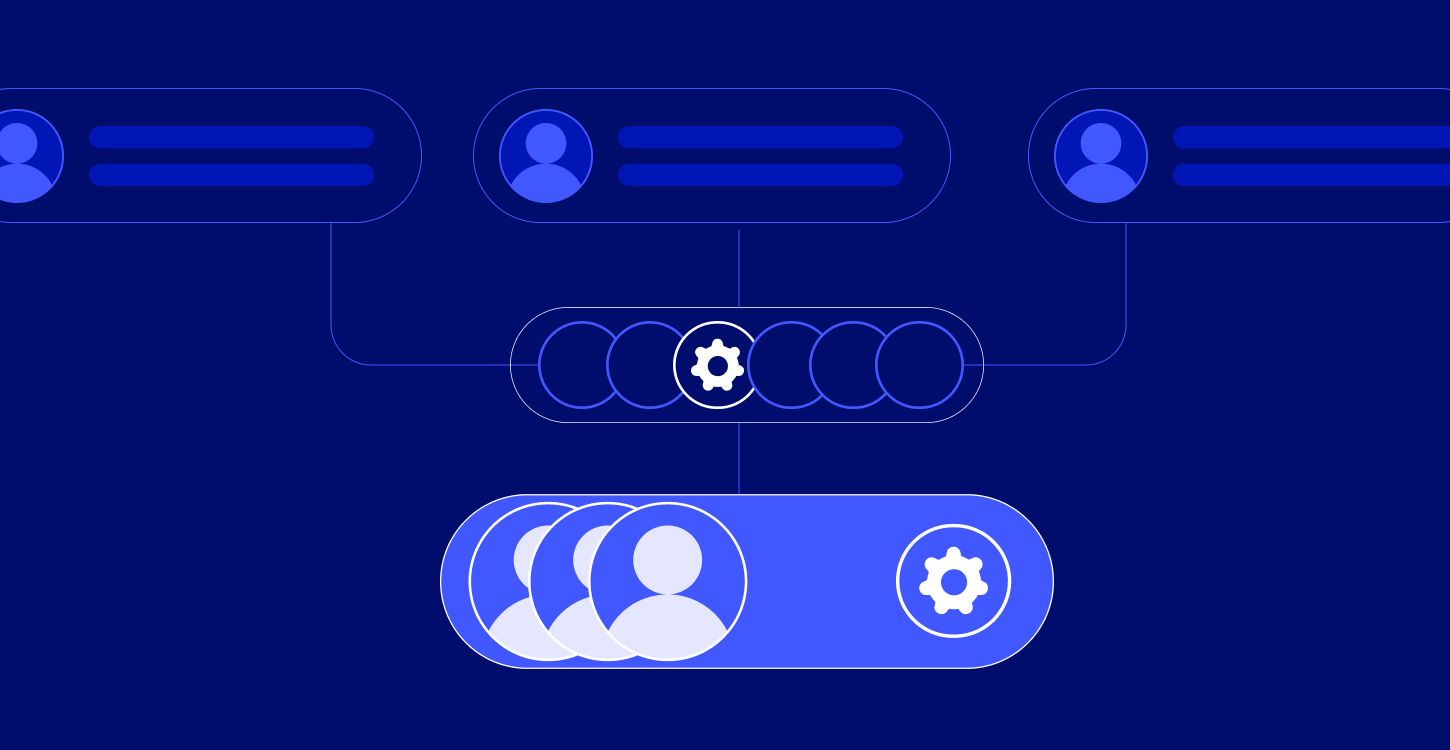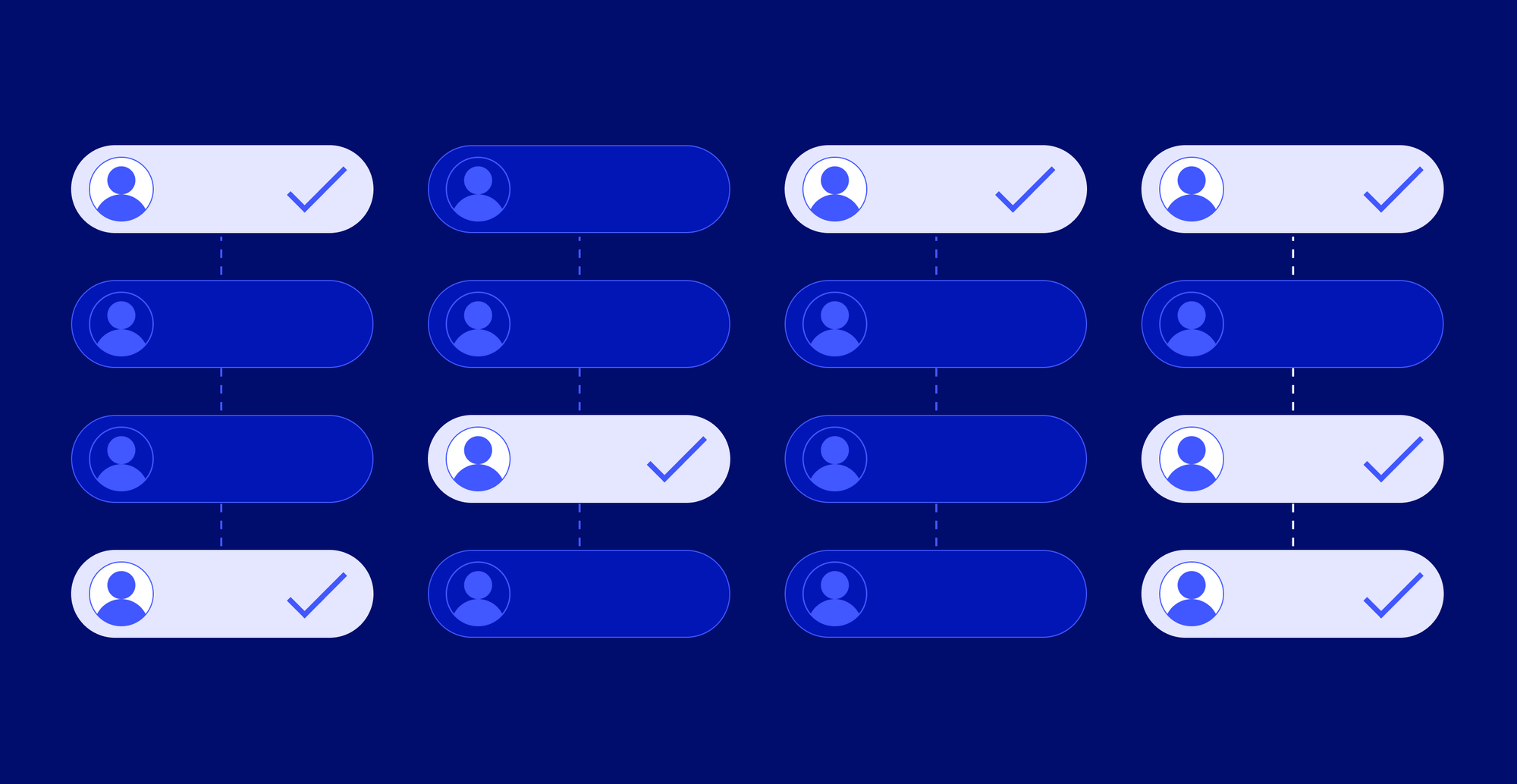Intent custom objects: the secret sauce for unifying your go-to-market engine
Using a custom object to capture intent data in your CRM leads to booking more meetings and increases qualified pipeline. As a result, your outbound go-to-market engine is unified to multi-channel the right buyer, at the right time.
.jpeg)


Have you ever felt overwhelmed by your CRM, with thousands of pieces of information and intent data? Do you struggle to harness the full potential of your insights?
If these resonate, custom objects in CRMs might be the solution you need to store and activate intent data. Let's have a look.
Why use a custom object?
In the world of GTM Ops (Sales, Marketing, Revenue, and Growth Operations), your CRM is a vast puzzle. Scattered intent data are the missing pieces hindering a comprehensive view of operations. Custom objects can fill in as the pivotal missing pieces—the connective tissue aligning and assembling these disparate fragments into a coherent picture.
Picture this: Custom objects within your CRM act as tailored containers, designed explicitly to house and organize diverse intent data. They provide a structured framework, akin to individual compartments within a well-organized toolbox, where each compartment holds specific intent types with account-specific details, multiple contact relations, or key engagement metrics.
By structuring data within these objects, revenue teams can gain the power of insights, improving segmentation, lead batching/routing, ABM targeting, account scoring, ultimately identifying patterns to activate pipeline.

Custom objects transform the CRM landscape by leveraging a strategic organization method. They empower teams to unlock the full potential of their data, enabling more precise targeting, personalized interactions, and activation.

Pros of an intent custom object:
- Storage flexibility: Allows for the storage of multiple intent types for the same contact or account, enabling clearer segmentation and differentiation of intentions
- Easier analysis: Custom object records simplify data manipulation, making it easier to score accounts/contacts, create personalized icebreakers, build contact/company profiles, generate reports, and build dashboards
- Impact tracking: Facilitates tracking ROI, usage, engagement, and overall impact more accurately
- Tailored customization: Enables the creation of different custom objects for a variety of intent types, such as product events or intent data
- Layout and visualization: personalize layouts and visualizations, enhancing user experience and facilitating easier interpretation of data
- Automation and workflows: Trigger specific events and workflows based on intent, streamlining processes and activation.
Cons of using a custom object for intent:
- Custom object setup: Requires creating a custom object, which might entail additional effort and expertise
- Extra cost: Custom object feature into the CRM or database subscription might be an add-on, potentially incurring additional costs
- Handling object associations: Needs effective handling of relations/associations between different objects to ensure coherence and usability.
Best practices for using custom objects for intent
The first thing you need to keep in mind is that using the same custom object for too many different intent types won’t deliver the same results.
Implementing custom objects requires thoughtful planning and architecture. You need to take into consideration how to activate the data to create a valuable custom object.
The most common architecture is one custom object for product data and another for third-party intent data.

Example of properties for a Product custom object:
- User connexion
- User actions
- User churned
- User subscription
- User billing page
Example of Intent to use in an intent custom object:
- Website visit
- Search (G2)
- Job postings
- Job movements (Job changes + new hires)
- Content (ebook, webinar)
- Community (slack etc)
- Competitor
- Event
- Social selling (like, comment, post)
- Fundraising
Trigger example to use intent data:
Outbound
- Create intent-based lead batches for reps
- Prioritize accounts and contacts to outreach
- Fuel openers to SDRs and BDRs and improve messaging
- Personalized outbound sequences
Marketing
- Targeted accounts and contacts audiences for LinkedIn Ads
- Create intent-based contact lists for event invitation
Ops
- Score accounts
- Track ROI
- Increase deal velocity
Quick side step: if you don’t have the ground data in your CRM, you would need an additional step to clean and enrich your data.
By now, you get the logic, this is the same method if you want to add other custom objects, except that you need to check the relationship between objects and record types to craft the best architecture.
💡 The easiest way, you pick a pre-build custom object like the LoneScale in Salesforce to fast-track the process.
In a rapidly evolving market where prioritizing and personalizing customer interactions is a must-have, leveraging a custom object for intent emerges as a way for businesses to understand, and engage their audience more effectively.
To setup Custom Objects like a pro, we advise you to read:
Prospect smarter with live stakeholder mapping
One click in Salesforce reveals the entire verified buying committee with accurate contact details and keep stakeholders up-to-date. It’s not just “updated often” — it’s actually live.






.png)








